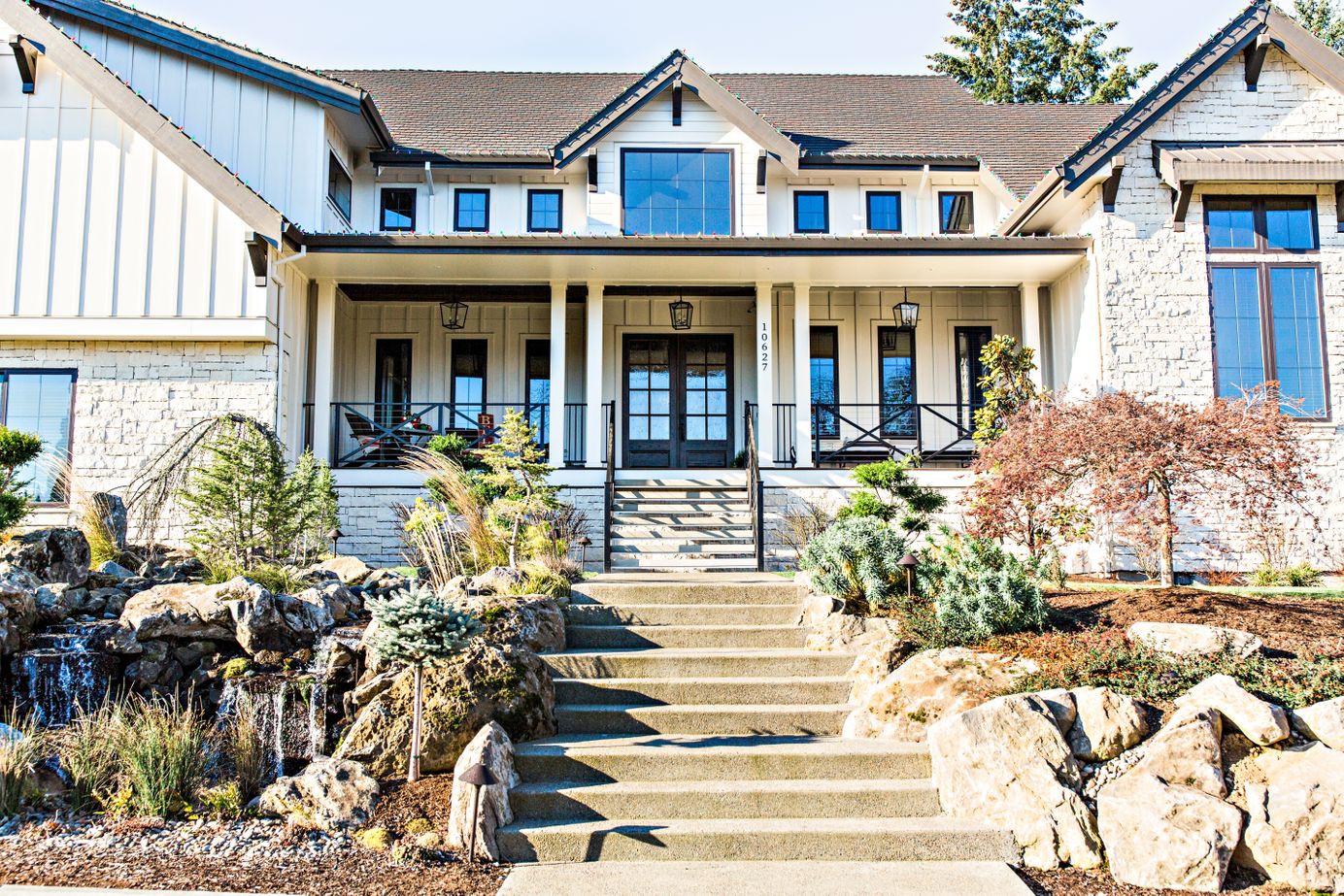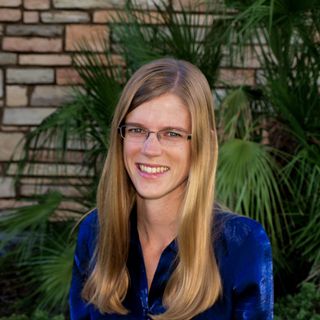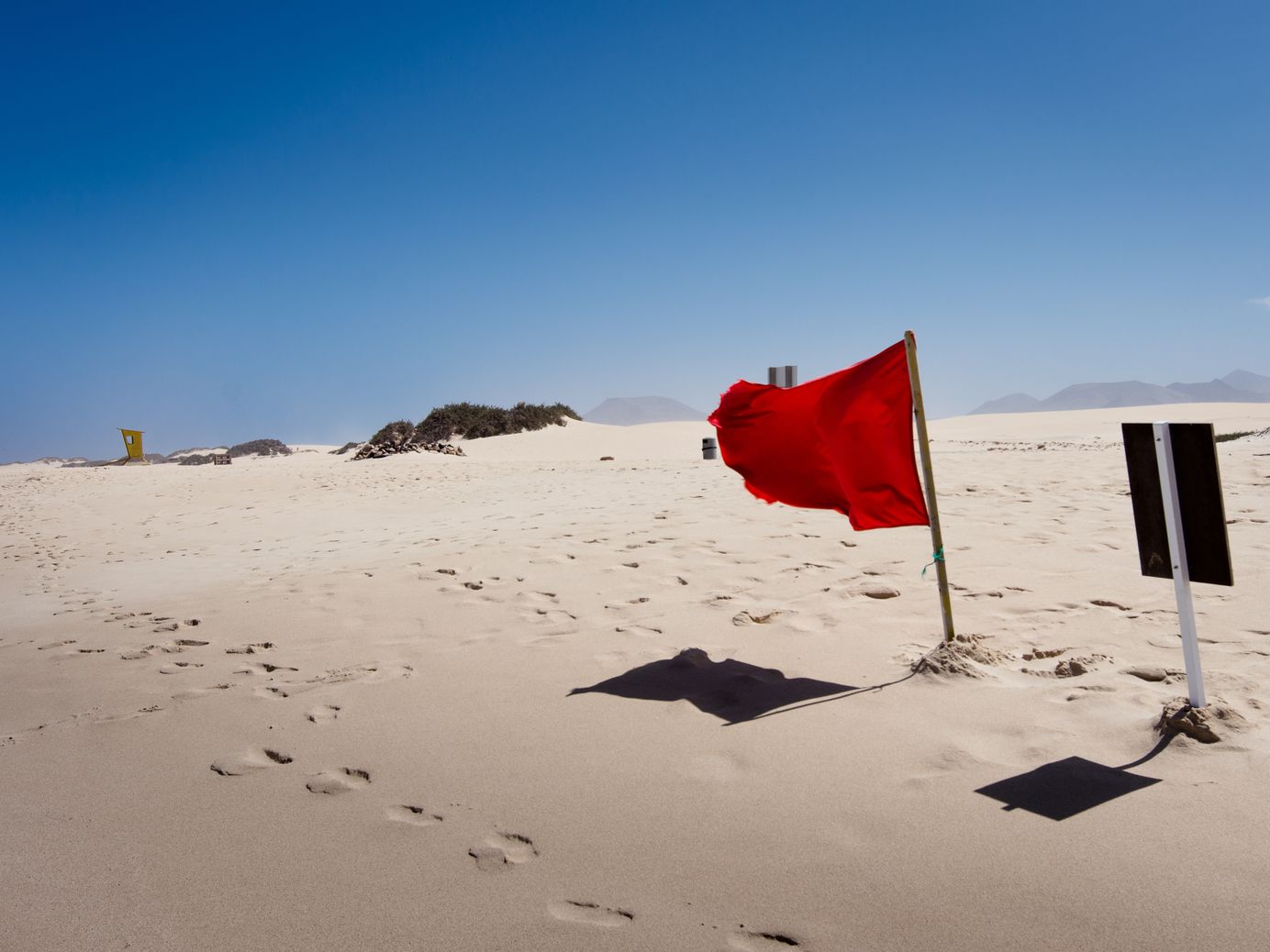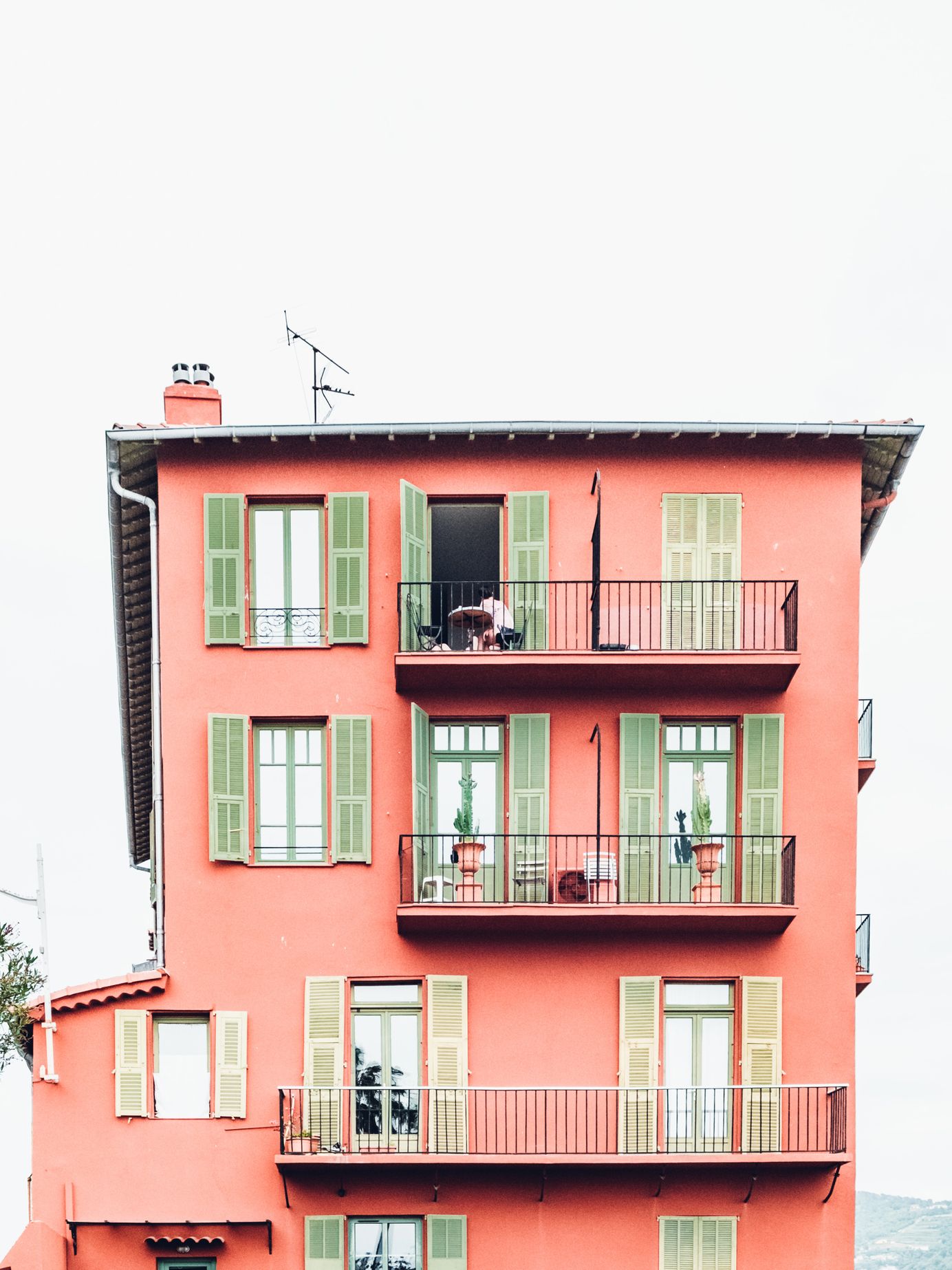
How Much Cash Does a Landlord Need for a Reserve Fund?
How much of a reserve fund does a landlord need for repairs and vacancies? Factoring in location, property type, and the number of units can help you determine the answer.
Passive income from your rental properties sounds great...until things go wrong. Unfortunately, major repairs, vacancies, and even evictions are a part of being a landlord. When something comes up, a healthy reserve fund can help you weather the storm.
The Importance of a Reserve Fund
One of the most common mistakes a new landlord can make is to not have an adequate reserve fund. Having money set aside for emergencies can help you stay in business even when things go sideways.
While a reserve fund can help with minor repairs, the main purpose is to cover big ticket items that go beyond the scope of your monthly rental income. For example, if the water heater breaks or you need to replace the roof, the cost will most likely be more than you earn in a month. Having a reserve fund ensures you have enough money to cover these costs.
A reserve fund should be large enough to cover other unexpected situations as well. Say you have a tenant move out in the middle of winter and it takes you several months to find a new tenant. How will you plan on paying your mortgage? Or say you’re evicting a tenant for not paying rent. Evictions take time, and it may be several weeks or even months before you see any payment. A reserve fund can help keep your business afloat in these situations.
Related: What I Wish I Knew Before Becoming A Landlord
How Much Money Should Be in a Reserve Fund?
The answer depends on several factors:
- The type of property
- The property location
- The age of the property
- When the property was last updated
- How many units you have
- How risk averse you are
We’ll take a look at these factors one by one, and then we’ll explore some specific numbers landlords use for their properties.
The Type of Property
The amount of reserve fund you should have depends on the type of property you own. Single family homes (SFHs) require a lot of exterior maintenance. The roof, siding, landscaping, and driveways are all the responsibility of the owner.
Condos are a different story. In a condo, the Homeowners Association (HOA) usually helps maintain the exterior of the building. The gardening, entryways, common areas, and roofing are the responsibility of the HOA.
Therefore, a landlord who owns a condo may not need as large a reserve fund as a landlord with a SFH. However, they will still need to pay HOA fees.
Multiplexes will fall into the category of SFHs, unless they have an HOA.
Where Is the Property Located?
As with everything in real estate, the numbers are location dependent. If you live in a major city, prices for contractors and replacement parts will be a lot pricier than if you live in a more rural area.
When estimating the amount of reserve fund you need, keep in mind how much it will cost to replace appliances, patch a roof, or update the plumbing.
The Age of the Property and Recent Updates
It’s common sense that older properties require more maintenance and upkeep than newer properties. For this reason, many assume that landlords with older properties need a larger reserve fund than landlords with newer properties.
This view can be a little misleading, since the age of the property does not factor in the amount of updates it has had.
Say you have a property that’s 60 years old and it just had major updates to the roof, all fixtures, plumbing, and electrical. Compare that to a 15 year old property that has had no updates. The newer house is probably due for some repairs, while the older house will last longer before needing new updates.
Read More: Rental Property Repairs vs. Improvements
Landlords trying to estimate the amount of reserve fund they need should look at the age of the plumbing, electrical system, appliances, roof, and other amenities. Each of these has a natural lifespan, and more repairs will be needed at the end of their natural life.
To sum up, the age of the house is a factor in determining your reserve fund amount, but you should also keep in mind when the roof, plumbing, electrical, and appliances were last updated.
How Many Units Do You Have?
Landlords with only one or two units will feel major expenses more strongly than landlords with dozens or hundreds of units.
Think of it this way: if you only have one unit providing you income, having a leaky roof or a broken water heater is a big piece of the pie. It’s also a lot harder to predict when something is going to break.
Compare this to when you have 25 units. Repairs won’t happen all at once, but even if they do, you will have a lot more income to handle them. Having that many units mean that something will most likely go wrong each month, and you will develop the habit of setting aside money for those situations. It will also be easier to replenish your reserve fund because you will have more rental income.
How Risk Averse Are You?
If you want to play it safe and avoid unnecessary risk, then a larger reserve fund would be a good choice. Take a reasonable estimate and double it to ensure you can face whatever challenges you encounter.
If you are the type of person to take bigger risks and want to put your money to work elsewhere, then it’s possible to get by with the bare minimum.
Regardless of your risk-tolerance, it’s important to note that you should never rely on credit for your reserve fund. Since these expenses are hard to anticipate, it’s better to have cash on hand to deal with them. Lines of credit can be frozen, and no one wants to be paying exorbitant interest rates on payments they can’t afford.
Specific Numbers
When calculating the amount of reserve fund you need, keep in mind how much monthly cash flow you anticipate having per rental property. You still want to be making a profit, but you also need a plan on how to replenish your reserve fund when you use it.
Read More: How to Build a Budget
While there are no hard and fast rules, what follows are some common suggestions for landlords. Choose what makes the most sense for your location, your property, and your business.
- Start with $5000 per property. Grow the number gradually until the fund has reached $10K or $15K. With this method, you start with a base and use a portion of your rental income to give you a larger cushion. Some investors recommend setting aside 10% of your profits each month to help your reserve fund grow.
- Start with 3 months’ rent. This is an option for less risk-averse investors who still want enough reserves to cover their mortgage principal, interest, taxes, and insurance in case of a vacancy.
- Start with 6 months’ rent. This is an option for more risk-averse investors. Having 6 months’ rent available in a reserve fund is also helpful if you plan on acquiring another property. Before lending to you, many banks like to see 6 months of expenses set aside.
Final Word
For new real estate investors looking to get into the game, a down payment is only part of the picture. Make sure you have enough cash on hand for a healthy reserve fund. Otherwise, you could find yourself scrambling during a vacancy or when you need to replace the roof.
The amount of reserve fund you need depends on your location, your property, the number of units you have, and your aversion to risk. Regardless, having some amount of cash on hand to deal with emergencies is essential for any serious landlord.
As you're building your reserve fund, consider different ways to grow your money.








